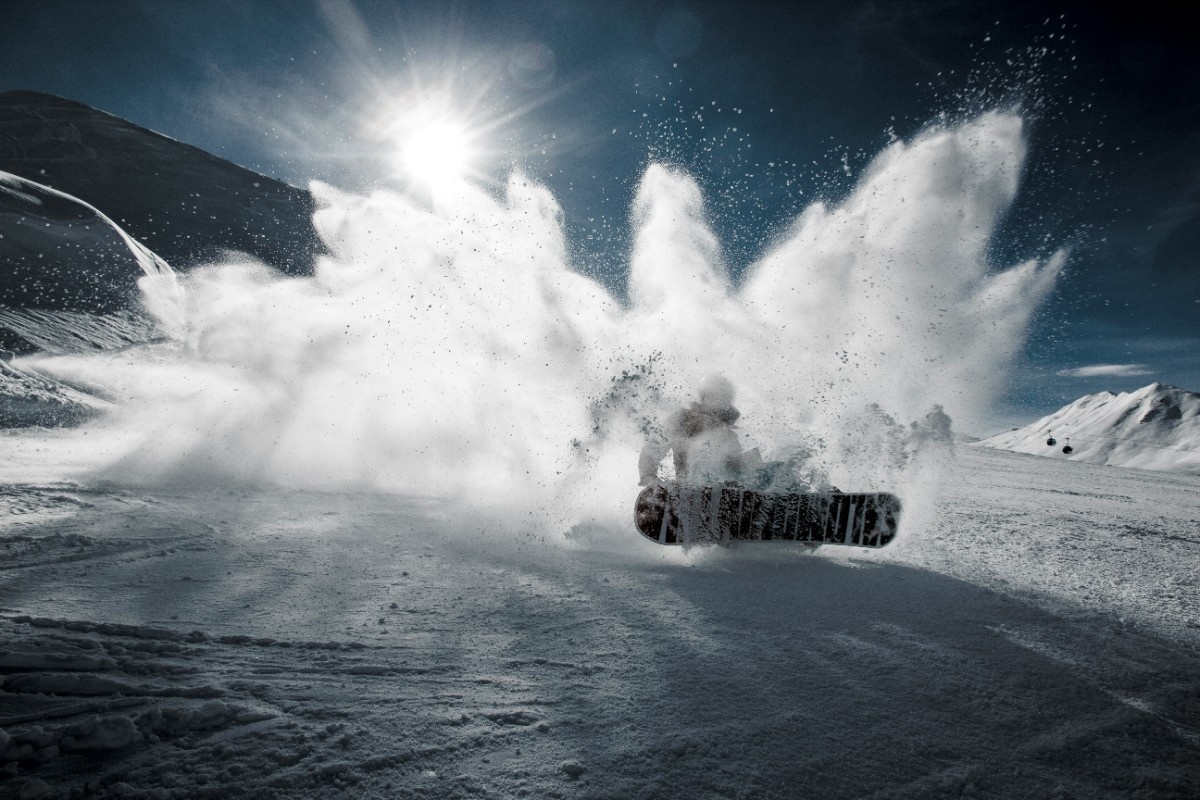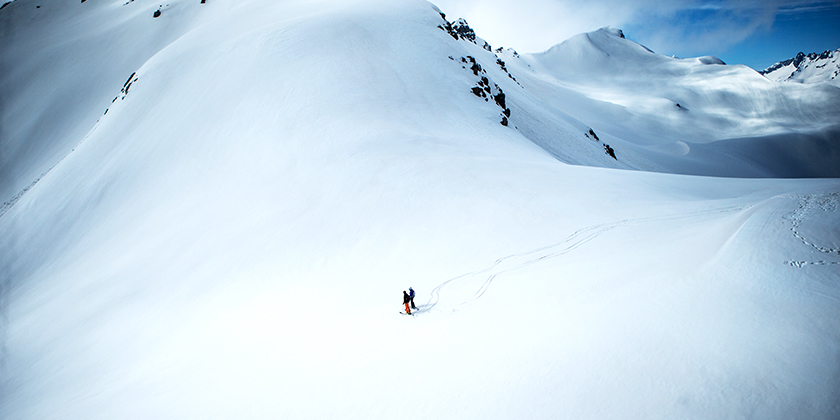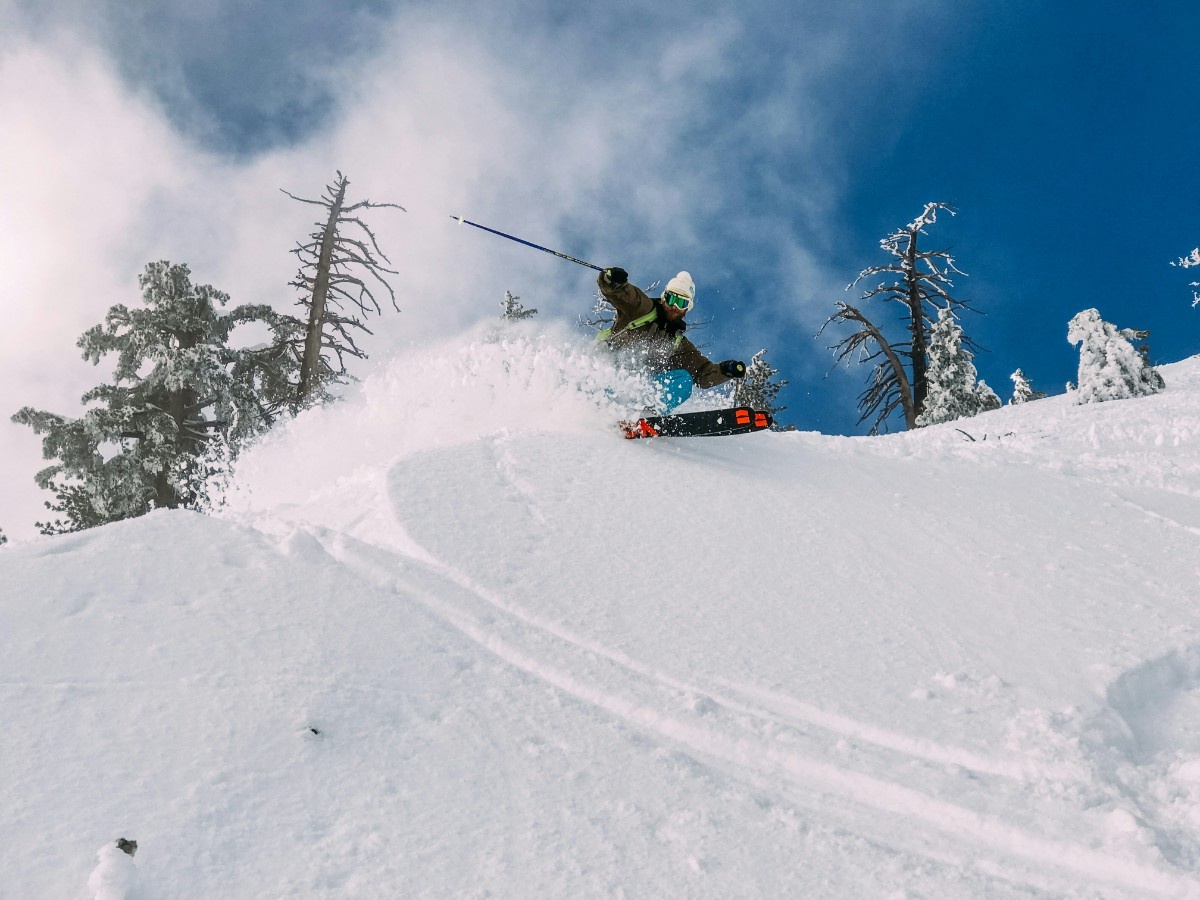HOW TO CHOOSE AN AVALANCHE AIRBAG PACK
When venturing into avalanche-prone backcountry terrain, the decision to carry an avalanche airbag pack can be life-changing—or even lifesaving. But with rapid technology evolution, new safety standards, and diverse user needs, selecting the right avalanche airbag backpack requires knowledge, expert guidance, and a personalised approach.
Quick Answer: How do I choose the right avalanche airbag pack?
To choose the best avalanche airbag pack:
- Ensure the pack fits your body and activity (ski touring, splitboarding, snowmobiling, etc.).
- Decide on a deployment system (compressed air vs battery-powered).
- Choose the right pack volume for your trip style and length.
- Consider airline and travel rules regarding gas cylinders or batteries.
- Check for compatibility with your avalanche safety gear.
- Select a model from a reputable brand with proven reliability.
Now, let’s break down everything you need to know—step by step.
What is an Avalanche Airbag Pack?
An avalanche airbag pack is a backpack equipped with a rapid-inflation airbag system. When triggered (usually by pulling a handle), the airbag inflates in 2-3 seconds, dramatically increasing your volume. This effect helps keep you closer to the surface in an avalanche, reducing the risk of burial—a safety system based on the “inverse segregation” or Brazil Nut Effect: in moving snow, larger objects move to the top.
Why Use an Avalanche Airbag Pack?
Mountains deliver breathtaking adventures, but avalanches are the leading threat for backcountry skiers and snowboarders. Multiple peer-reviewed studies show avalanche airbags greatly increase survival rates in snow slides compared to standard packs alone.
However, airbags are not a guarantee of survival; they are a complement to training, situational awareness, and carrying a beacon, shovel, and probe.
Key Questions
How does an avalanche airbag work?
By inflating a large airbag, the wearer becomes one of the larger ‘particles’ in the tumbling snow, which helps them rise toward the surface instead of sinking.
When should an avalanche airbag be activated?
Immediately if you’re caught in moving avalanche debris—hesitation can reduce its effectiveness. Practice deploying your system in controlled environments.
Does an airbag guarantee survival in an avalanche?
No. Survival depends on multiple factors: nature of the avalanche, terrain, speed, obstacles, and correct pack use. But airbags significantly increase your odds when properly worn and deployed.

Avalanche Airbag Pack Types
Compressed Gas (Canister) Systems
Electric Fan (Battery-Powered) Systems
Twin Bag and Modular Systems
Choosing the Right System: Expert Considerations
1. The Type of Riding You Will Be Doing
- Day tours or sidecountry: Packs in the 18-25L range, emphasising lightweight and agility.
- Multi-day expeditions: Larger volume (30-40L), robust gear organisation, greater comfort for longer carries.
- Snowmobiling or heliskiing: Seek packs explicitly rated for high-intensity impact and gear integration.
- Ski mountaineering: Weight, mobility, and harness compatibility are crucial.
2. Airbag Deployment System: Gas vs. Battery
| Feature | Gas Canister | Electric Fan |
|---|---|---|
| Weight | Typically Lighter | Slightly heavier |
| Refill/Recharge | Need refill (refill shops) | USB-rechargeable battery |
| Deployments per trip | Single (per canister) | Several (per charge) |
| Travel Regulations | Restricted on planes/trains | Generally easier air travel |
| Cost | More afforable upfront | Higher upfront cost |
| Practice Deployments | Limited by canister supply | Unlimited (good for training) |
- Travellers: Battery-powered packs are generally easier to fly with—no compressed gas to declare or avoid.
- Frequent users or guides: Electric packs allow repeated practice, crucial for training muscle memory and group safety planning.
3. Pack Volume
Choose size based on:
- Trip duration
- Climate/conditions (need for extra layers?)
- Carrying radio, first aid, camera equipment?
Backcountry day packs: 18-25L
Extended backcountry/multi-day: 30-40L
Heliskiing/minimalist: Some packs are as small as 10L
4. Fit and Comfort
No safety feature is effective if the pack isn’t worn correctly.
- Adjust shoulder, sternum, and hip belts for close-to-body fit.
- Women’s-specific and unisex fits now widely available.
- Try on loaded with your gear before buying to check comfort.
5. Features to Look For
- Dedicated avalanche tool pocket (shovel, probe quickly accessible)
- Helmet carry
- Ski/snowboard carry straps (A-frame or diagonal)
- Hydration system compatibility
- Reinforced back panel and hip belt
- Multiple access points (top, back, side zips)
- Replaceable or modular airbag “engines” (for multi-use or future upgrades)
Avalanche Airbag FAQs (with Expert Insights)
Can I practice deploying my airbag?
Will airlines let me fly with my avalanche pack?
How often must airbags be serviced or inspected?
Follow manufacturer-recommended servicing, especially for annual checks and after any deployment (accidental or in a rescue situation).
Expert Tips: Choosing Like a Pro
- Test fit in person with winter clothing—comfort varies dramatically between models.
- Read recent user and pro reviews for feedback on reliability, inflation speed, and overall quality.
- Register your product for important safety recalls and firmware updates (for electronic models).
When testing, simulate real-world situations: gloves on, cold hands, with other avalanche gear in the pack, and with your helmet or climbing harness attached.
Common Mistakes When Buying an Avalanche Airbag Pack
- Over-prioritising weight savings: Ultra-light is great, but not if it sacrifices durability or feature access.
- Neglecting training: An unused/unpracticed airbag system can be a liability—regular practice is vital.
- Ignoring fit: A poorly fitted pack can move during an avalanche, making deployment difficult or leaving the pack behind.
- Assuming an airbag replaces other gear: Always combine airbag use with transceivers, probe, and shovel, plus avalanche education.
Avalanche Airbag Pack Glossary
| Term | Meaning |
|---|---|
| Deployment system | The mechanism (gas canister or battery-powered fan) used to inflate the airbag |
| Inverse segregation | The “Brazil Nut Effect”—how larger particles rise to the surface in moving snow |
| Canister/Cartridge | Pressurised cylinder used to inflate airbags, often refillable |
| Litres (L) | The internal pack volume, usually ranging from 10-40 litres for airbag packs |
| TwinBag | A dual airbag deployment system for redundancy |
| Avalanche beacon/transceiver | Electronic device for locating buried victims, must be combined with the airbag |
| Harness | Waist and leg straps to keep the pack secured during vigorous movement or a slide |
Final Advice: Your Avalanche Airbag Pack is Part of a System
The best avalanche safety is multi-layered: knowledge, practice, group communication, and the right gear for every trip. An airbag is an indispensable tool—but only when used as part of a complete backcountry mindset and gear kit.
Invest not just in new technology, but in your skills—practice deploying, evaluate your choices every season, and stay updated with new research and gear advancements.
For expert help, visit a Snow+Rock store for personalised fitting, staff insight, and the latest backcountry gear. Let’s make every off-piste adventure safer, more confident, and ready for anything the mountain throws your way.
Stay safe. Stay informed. Enjoy the powder.
Note: Always check the latest local avalanche bulletins and train regularly with all your safety equipment before heading into uncontrolled terrain.
Related Articles

Let us know you agree to cookies
We use marketing, analytical and functional cookies as well as similar technologies to give you the best experience. Third parties, including social media platforms, often place tracking cookies on our site to show you personalised adverts outside of our website.
We store your cookie preferences for two years and you can edit your preferences via ‘manage cookies’ or through the cookie policy at the bottom of every page. For more information, please see our cookie policy.






